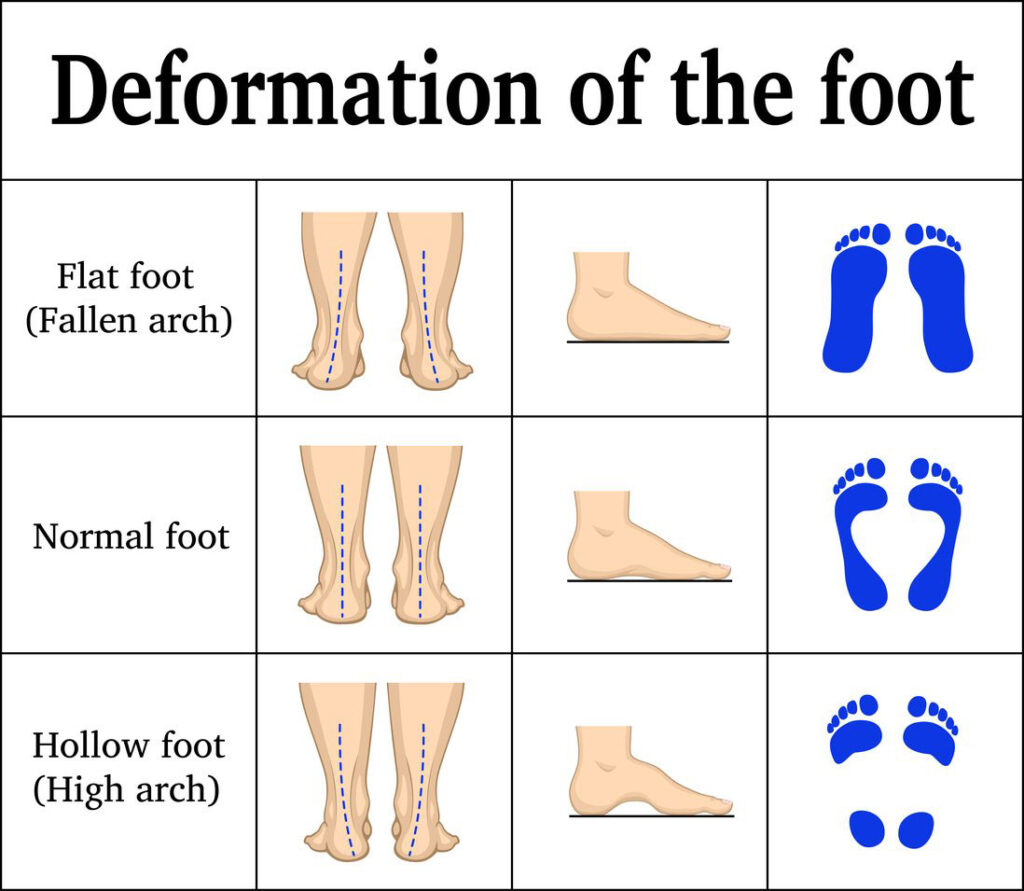
The Plantar fasciitis has a negative impact on the Athletes and their performance. They can follow this 7 Prevention Strategies to avoid the Plantar fasciitis problem on they are on track. Plantar Fasciitis on Athletes is a condition characterized by the inflammation of the plantar fascia—a thick band of tissue running across the bottom of the foot—can have a significant impact on athletes across all disciplines.
The condition manifests as a sharp, stabbing pain in the heel, which is often most intense with the first steps after waking up or after long periods of rest. For athletes, plantar fasciitis not only affects performance but can also lead to prolonged downtime and, in severe cases, long-term foot damage. Understanding the impact of this condition and implementing effective prevention strategies are crucial for maintaining athletic performance and foot health.
Table of Contents
Impact on Athletes
Plantar fasciitis, a condition characterized by the inflammation of the plantar fascia ligament that runs along the bottom of the foot, can have a profound impact on an athlete’s performance and overall physical health. The pain and discomfort associated with this condition can significantly impair an athlete’s ability to run, jump, and perform movements critical to their sport, leading to a decline in speed, agility, and performance capabilities.
Performance Decline
The primary challenge for athletes suffering from plantar fasciitis lies in the severe pain experienced during high-impact activities essential to most sports. This pain can drastically limit their ability to perform at peak levels, as every step can exacerbate the discomfort.

Consequently, athletes may find themselves unable to maintain their training intensity, which can lead to a decrease in physical conditioning and a decline in performance metrics such as speed and agility.
Altered Biomechanics
In an attempt to mitigate the pain associated with plantar fasciitis, athletes often unconsciously alter their gait or the way they perform athletic movements. While such adaptations may provide short-term relief, they can lead to imbalances and increased stress on other parts of the body, including the knees, hips, and lower back. These biomechanical changes not only decrease efficiency and performance but also elevate the risk of sustaining additional injuries due to the uneven distribution of forces across the body.
Increased Risk of Injury

The compensatory changes in an athlete’s biomechanics, combined with a decreased ability to engage in comprehensive training routines, can significantly increase the risk of further injuries. Muscle weakness, tendinitis, and stress fractures are common issues that may arise from overcompensation for the original foot pain. These secondary injuries can further impair an athlete’s ability to train and compete, creating a cycle of injury and recovery that is hard to break.
Prolonged Recovery Time
Plantar fasciitis is notorious for its persistence, especially when not properly treated in the early stages. Athletes facing this condition might endure extended periods of recovery, necessitating time away from their sport. This prolonged absence can have detrimental effects on their physical conditioning, skill proficiency, and competitive edge. Moreover, the psychological impact of dealing with chronic pain and the frustration of a slow recovery process can further exacerbate the situation, affecting an athlete’s motivation and mental well-being.
In addressing plantar fasciitis, a multi-faceted approach is essential. This includes employing proper foot mechanics through the use of supportive footwear and orthotic inserts, engaging in targeted physical therapy to address pain and prevent compensatory injuries, and implementing an adjusted training regimen that maintains fitness without aggravating the condition. Early and comprehensive intervention is crucial to managing the symptoms of plantar fasciitis, minimizing its impact on performance, and ensuring a timely return to sport.
The 7 Prevention Strategies
Preventing plantar fasciitis, particularly for athletes, involves a comprehensive approach that addresses footwear, physical conditioning, training habits, and overall health. Implementing preventative strategies can significantly reduce the risk of developing this painful condition, allowing athletes to maintain peak performance without interruption. Here’s a detailed look at effective preventative measures:
1. Proper Footwear
- Importance: The foundation of preventing plantar fasciitis lies in wearing shoes that provide sufficient support, cushioning, and a good fit. This is crucial in minimizing the stress exerted on the plantar fascia during physical activities.
- Specialized Sports Shoes: Depending on the sport, choosing shoes designed for specific movements can further reduce injury risk. For example, running shoes are engineered to absorb the impact of each stride, while basketball shoes offer support for lateral movements.

2. Foot Strengthening and Flexibility Exercises

- Benefits: Strengthening the muscles around the foot and enhancing flexibility in the Achilles tendon and calf muscles can improve foot mechanics and resilience.
- Recommended Exercises: Exercises like toe curls and arch lifts strengthen the foot’s intrinsic muscles, while calf stretches help maintain Achilles tendon and calf muscle flexibility, all contributing to a healthier foot structure.
3. Gradual Increase in Activity
- Approach: Avoid sudden spikes in training intensity or duration. Gradually increasing the workload allows the plantar fascia and other foot structures to adapt, reducing the likelihood of overuse injuries.
- Application: Implement a progressive training plan that incrementally challenges the feet and legs, especially when introducing new activities or after a period of rest.

4. Proper Warm-Up and Cool-Down

- Rationale: Proper warm-up exercises increase blood flow and prepare the muscles and tendons for activity, while cool-down routines aid in recovery by reducing muscle stiffness.
- Practices: Incorporate stretches and exercises targeting the feet, Achilles tendon, and calf muscles into both warm-up and cool-down phases to enhance flexibility and reduce injury risk.
5. Weight Management
- Impact: Excess weight increases the load on the plantar fascia with each step, heightening injury risk.
- Strategy: Balance calorie intake with energy expenditure through training and diet to maintain a healthy weight, thus decreasing undue stress on the feet.

6. Use of Orthotics

- Function: Custom orthotics are tailored to address specific foot biomechanics, offering support where needed and distributing foot pressure evenly.
- Application: For those with existing foot issues or a history of plantar fasciitis, orthotics can be a crucial tool in preventing recurrence by correcting abnormal foot mechanics.
7. Cross-Training
- Purpose: Integrating low-impact activities into the training regimen allows athletes to continue improving cardiovascular fitness and muscle strength without overstressing the feet.
- Examples: Swimming, cycling, and rowing are effective cross-training activities that provide a restful alternative to high-impact exercises, aiding in the prevention of plantar fasciitis.

Conclusion
For athletes, plantar fasciitis is more than just a nuisance; it’s a condition that can significantly impact performance and career longevity. By understanding the potential impact of plantar fasciitis and implementing effective prevention strategies, athletes can protect their feet and continue to perform at their best. Early intervention and a proactive approach to foot health are key to avoiding the debilitating effects of plantar fasciitis and maintaining peak athletic performance.











I’m not that much of a online reader to be honest but your
sites really nice, keep it up! I’ll go ahead and bookmark your site to come back later on. Many thanks